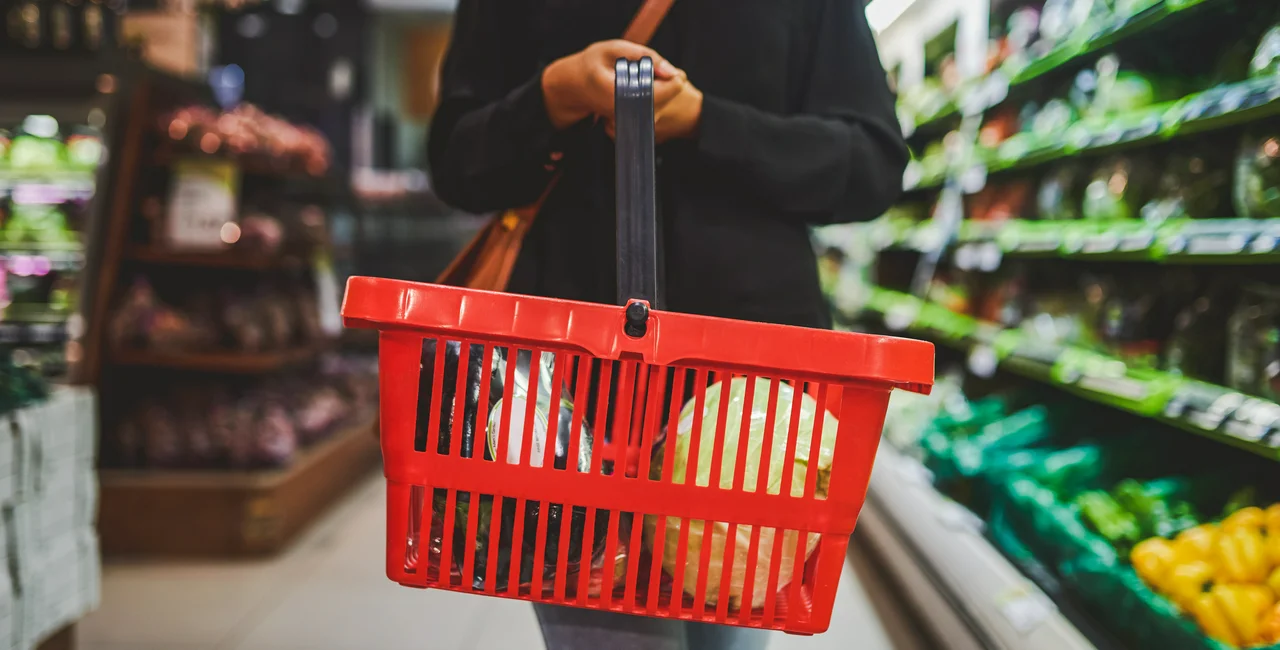As the Russian military offensive in Ukraine adds to the cost-of-living crunch the Ministry of Agriculture is taking its first steps toward regulating the prices of basic goods to protect consumers.
Last week, together with the Ministry of Finance and the Antimonopoly Office, the ministry began monitoring the price of selected foods, including butter, poultry, and pork, as well as bread to ensure that companies do not exploit the circumstances to impose unreasonably high-profit margins with the excuse of compensating for higher overheads.
What does this mean for consumers, and among the food groups being monitored for price gouging, which specific items are costing more?
The Czech Statistical Office's (CZSO) mid-month data for April confirmed price increases for a number of basic food products. Many of them are already dozens of percent more expensive year-on-year.
At the bakery
Ukraine is considered the "breadbasket of Europe" as one of the top three exporters of the world's grain supply. As such prices for baked goods are on the rise. CZSO data shows that raw ingredients for baked goods are seeing a price jump, including wheat flour, which is an average of 60 percent more expensive year on year, and sugar, which costs 21.6 percent more than a year ago. This is having an inevitable domino effect on the prices of baked goods such as bread and pastries.
Speaking of bread, expect to pay about a third more than this time last year on average. Two different types of bread have seen a significant price hike: rye bread and white bread.
In the dairy aisle
Butter is now around a quarter more expensive than last year, while milk is 12 percent pricier. Bakers, in turn, are being affected by the significant price hikes for these raw ingredients. The price for white low-fat yogurt has meanwhile increased by almost 22 percent in a year. Eggs have risen in price by nearly a fifth, while Eidam cheese is 21.7 percent more expensive.
At the meat counter
If you've noticed deli goods costing more recently, you're not the only one. Meat prices are rising, with CZSO data showing that a kilo of roast pork now costs almost nine percent more than a year ago.
See our money-saving tips for smarter shopping here.
Yet far worse price hikes have been reported among individual firms, with officials accusing some producers of exploiting the current inflationary spiral. “We’ve seen cases where the surcharge on salami was 246 percent, and on a standard packet of ham, even 255 percent. We have a free market environment, but we cannot allow farmers to be crushed... while others impose disproportionately high margins,” said Minister of Agriculture Zdeněk Nekula.
In the produce section
The cost of potatoes has spiked, now costing 21.4 percent more than this time last year. The price of apples has meanwhile seen a slight increase, along with many other fruits which gained in price according to previous consumer data for March.
Getting cheaper
The only product that has been steadily withstanding the test of time, inflation, and crises is beer. Decreased beer prices reported by the CZSO for mid-April were slight, at an average of -0.8 percent; but the reduction still stands out amid price hikes almost everywhere else.
The future of food costs
The real impact of the conflict on the import of goods is only likely to be known later this year, though, when the full effects of war on the typically huge Ukrainian harvest become clear.
Yet the war is already driving up prices in different ways. Huge uncertainty around future energy supplies has led to spiraling prices for commodities such as oil and gas. This means higher production costs for farmers and higher expenditures for food processing plants and other players in the supply chain.
It’s not clear how far the government will go to control prices, having so far maintained a hands-off approach. But calls for greater interventionism may grow as the cost-of-living crisis deepens in the coming months.












 Reading time: 3 minutes
Reading time: 3 minutes 























